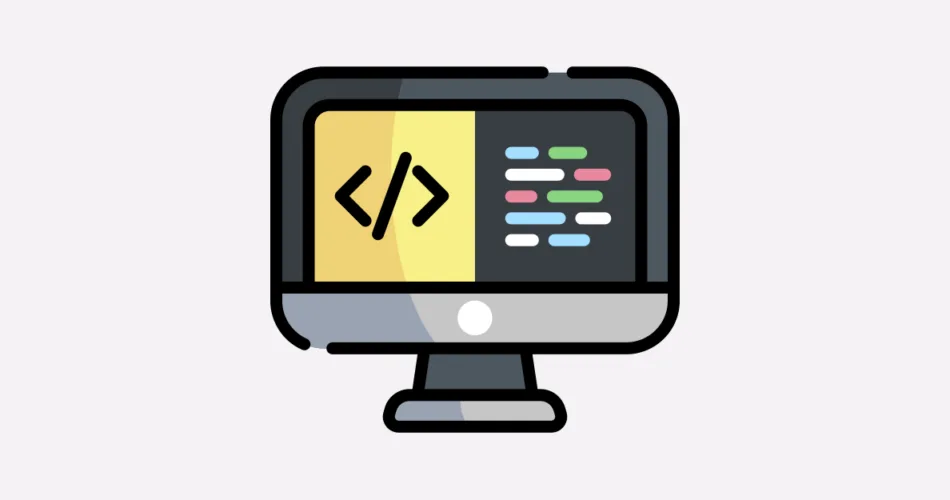Spring Boot is a revolutionary framework that simplifies the development of Java applications. It’s designed to make it easy to create stand-alone, production-grade Spring-based applications with minimum effort. In this article, we’ll explore the fundamentals of Spring Boot, dive into auto-configuration and starter dependencies, learn how to create microservices, and discover Spring Boot Actuator for monitoring and management.
Introduction to Spring Boot
Spring Boot is part of the larger Spring ecosystem but focuses on one thing: making it simple to build production-ready applications. It achieves this by providing opinionated defaults for configuration and eliminating the need for a lot of boilerplate code.
// Example 1: A Simple Spring Boot Application
@SpringBootApplication
public class MyApp {
public static void main(String[] args) {
SpringApplication.run(MyApp.class, args);
}
}
In this minimalistic example, we’ve created a Spring Boot application with just a few lines of code. The @SpringBootApplication annotation combines several annotations, including @Configuration and @ComponentScan, to enable Spring Boot’s auto-configuration and component scanning features.
Auto-Configuration and Starter Dependencies
One of Spring Boot’s standout features is its auto-configuration. It intelligently configures your application based on the dependencies you include. For example, if you include the Spring Data JPA starter, Spring Boot will automatically configure a data source and set up JPA for you.
// Example 2: Spring Boot Starter Dependency
<dependency>
<groupId>org.springframework.boot</groupId>
<artifactId>spring-boot-starter-data-jpa</artifactId>
</dependency>
In this code snippet, we add the Spring Boot starter dependency for Spring Data JPA. Spring Boot starters are a convenient way to include a set of dependencies that are commonly used together, enabling you to get started with specific features quickly.
Creating Microservices with Spring Boot
Spring Boot’s lightweight and opinionated approach makes it an excellent choice for creating microservices. You can develop microservices quickly and deploy them independently.
// Example 3: Microservice with Spring Boot
@SpringBootApplication
public class MyMicroservice {
public static void main(String[] args) {
SpringApplication.run(MyMicroservice.class, args);
}
}
This simple code snippet represents a Spring Boot microservice. Each microservice can have its own set of dependencies and configurations, making it easy to scale and maintain your application.
Spring Boot Actuator for Monitoring and Management
Spring Boot Actuator provides built-in tools for monitoring and managing your Spring Boot application. It provides various endpoints that you can use for health checks, metrics, and more.
// Example 4: Spring Boot Actuator Configuration
management.endpoint.health.show-details=always
management.endpoints.web.exposure.include=*
In this example, we configure Spring Boot Actuator to expose all endpoints and show detailed health information. With Actuator, you can gain insights into your application’s performance and health easily.
Spring Boot simplifies the process of building robust and scalable Java applications. Whether you’re creating a monolith or a distributed microservices architecture, Spring Boot provides the tools and conventions to streamline development and deployment.
With its auto-configuration, starter dependencies, and built-in management tools like Spring Boot Actuator, Spring Boot empowers developers to focus on writing business logic rather than spending time on configuration and infrastructure concerns.
As you delve deeper into Spring Boot, you’ll discover its vast ecosystem of libraries and tools, making it an excellent choice for a wide range of applications and projects.
Subscribe to our email newsletter to get the latest posts delivered right to your email.


Comments